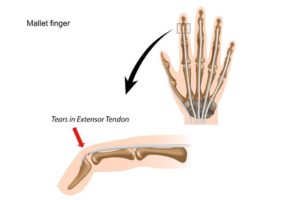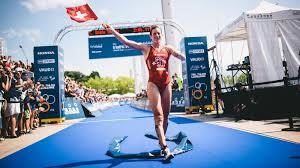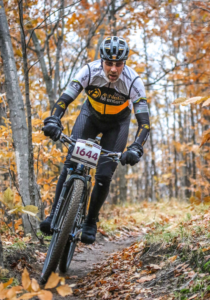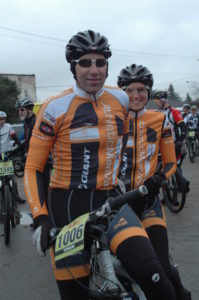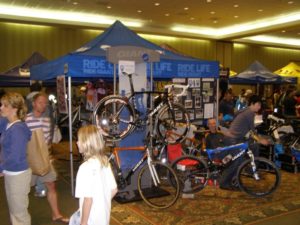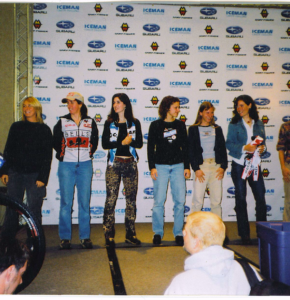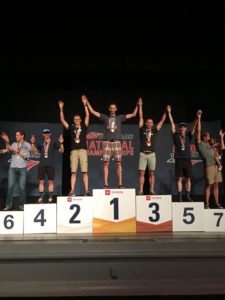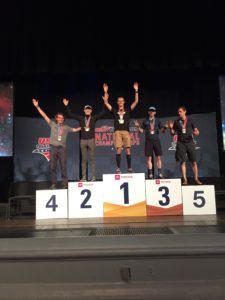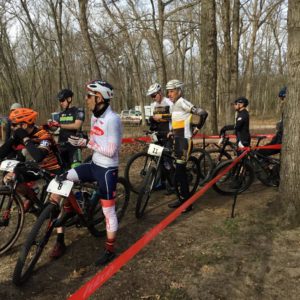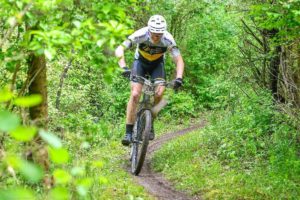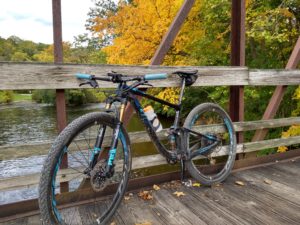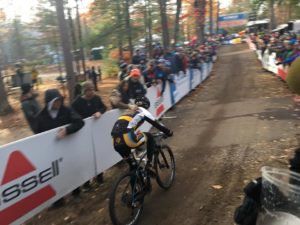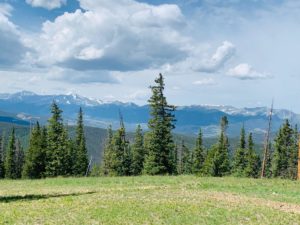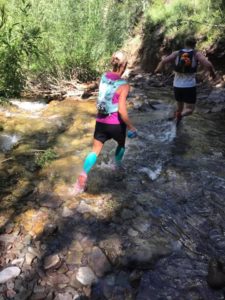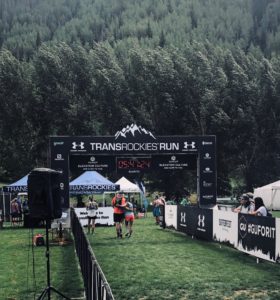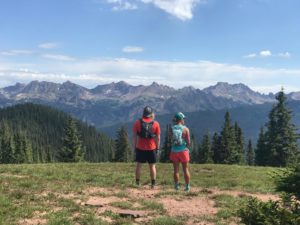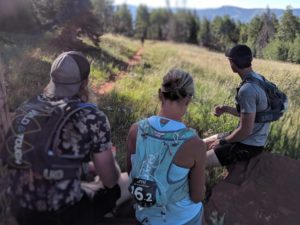By: Ross DiFalco
Bike racing is an incredibly rewarding sport. It can also be very frustrating. This is the synopsis of my first season of trying to figure out this whole bike-racing thing.
To start things off, mentorship is the greatest thing you can hope for. Find some great people that have been in the sport and take their advice! There are plenty of times when I feel I know best and the result is rarely in my favor. Beyond finding a mentor , what you can do is to learn to manage time. Bike racing is a time intensive sport. If you can’t find time to ride, winning is not in the cards. I am going to tell you the tips I use to make training happen while life tries to get in the way.
Structure
Structure is the name of the game for anyone who has a life outside of cycling. The problem is that I have always been someone that hates the idea of structure. To me, structure is what sucks the fun out of the sport. The problem with this mentality is that when life gets busy, you cannot be sloppy with your time. It’s taken the entire season of struggling along to realize that structure may actually bring sanity. Unless you have zero responsibilities, riding 10 hours a week can be difficult to fit into a 50-hour work week. Many people, myself included, can either maintain their cycling or their personal life, not both. A tip given to me is that you should create a training plan that lists all the rides and races you will be doing in advance. The idea is that you can then plan around these events and set expectations with family and friends so they know when you are committed to something. Creating balance that allows an efficient use of time will be my biggest goal for the upcoming season.
Things WILL happen. Everyone thinks they’re invincible until something happens. For me, it was a pretty nasty crash. The crash resulted in lots of road rash and a torn tendon in my finger. Now most sane people would go to the doctor when their finger stops working. When you’re delusional about training, the strategy is to avoid the doctor out of fear they will tell you not to ride. THIS IS A MISTAKE. By the time I caved and went to the doctor, the tendon had shrunk and I had done more damage. The worst part is that now I have to limit gripping things for 8 more weeks. Now I don’t know about you, but when I ride bikes I prefer to hold on. If I was realistic about the injury from the start things might have been different.
The Trainer
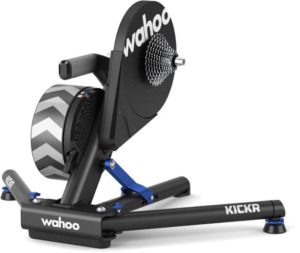 I hate riding the trainer. Riding indoors is something that I’m just going to have to come to terms with. The trainer is so efficient with time! Using training software, such as Zwift, allows you to get on a scheduled plan that will continually push our limits. When you are riding on a trainer there is no coasting, this makes for a much more condensed session. The second reason you should incorporate a trainer is that, like I said above, things happen. When you can’t ride a bike you may be able to ride indoors. The third reason that a trainer is a great tool is that it’s safer than riding in the dark. Autumn in Michigan means shorter days and a decision to either get lights or ride inside. Riding at night, while fun, comes with some added risk. On a trainer, it’s very easy to get up in the morning, get a quick ride in and go along with your day. It’s a low risk and easy thing to incorporate. If you are new to indoor cycling, I recommend getting a direct drive unit, like the Wahoo Kickr. I went cheap and bought the Wahoo Snap and it works but isn’t very consistent for training. I would also recommend Zwift or TrainerRoad as the training software.
I hate riding the trainer. Riding indoors is something that I’m just going to have to come to terms with. The trainer is so efficient with time! Using training software, such as Zwift, allows you to get on a scheduled plan that will continually push our limits. When you are riding on a trainer there is no coasting, this makes for a much more condensed session. The second reason you should incorporate a trainer is that, like I said above, things happen. When you can’t ride a bike you may be able to ride indoors. The third reason that a trainer is a great tool is that it’s safer than riding in the dark. Autumn in Michigan means shorter days and a decision to either get lights or ride inside. Riding at night, while fun, comes with some added risk. On a trainer, it’s very easy to get up in the morning, get a quick ride in and go along with your day. It’s a low risk and easy thing to incorporate. If you are new to indoor cycling, I recommend getting a direct drive unit, like the Wahoo Kickr. I went cheap and bought the Wahoo Snap and it works but isn’t very consistent for training. I would also recommend Zwift or TrainerRoad as the training software.
If you can do one thing for yourself, it’s to find a mentor and listen to them! Beyond that, get better at managing the time you have and remember to have fun once in awhile!
The post An Exercise in Learning appeared first on Team Athletic Mentors.




 Our Hockey Site
Our Hockey Site Team AM
Team AM


